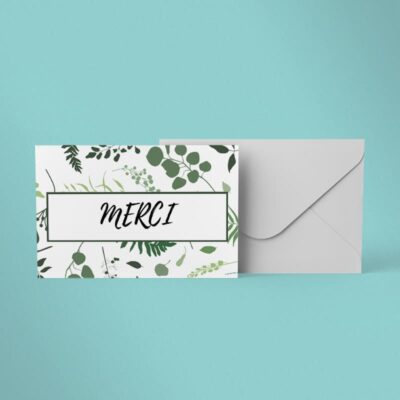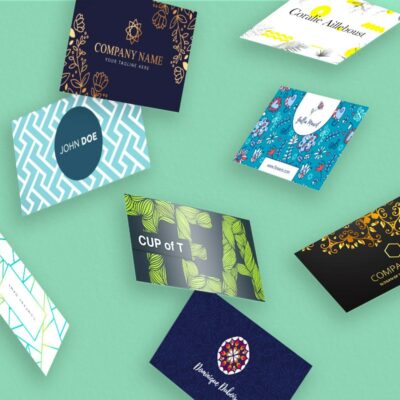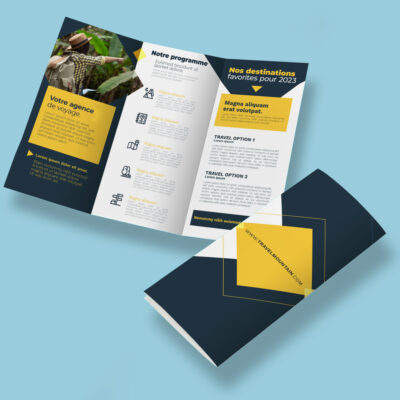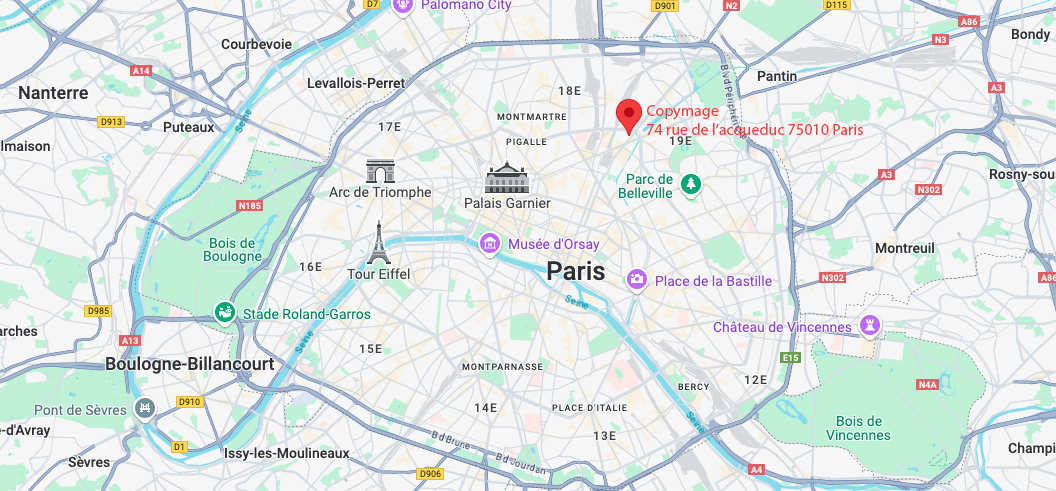- Call us 01 42 61 00 33
Monday to Friday 9:00 - 18:00 IMMEDIATE
CUSTOMISED QUOTERETRAIT EXPRESS
& LIVRAISON J+1-
-
- All
products - Cards
- Brochure
Files - Advertising
- Printing
- Office automation
- Adhesives
- Signage
- Themes
- Printing
Express in 4H
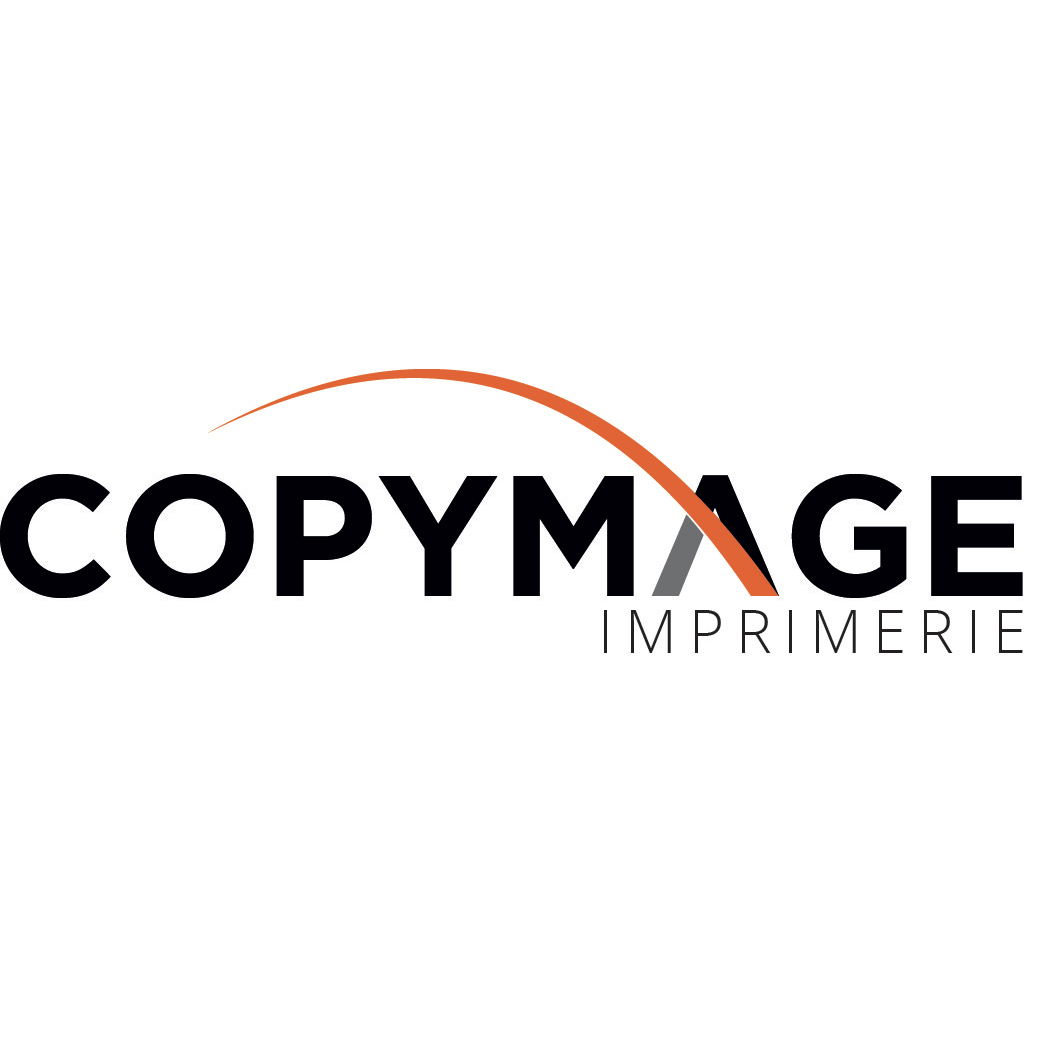
Tips & tricks from your printer
The 8 must-have print finishes

Print finishing is all the processing that gives the product its finished look. Because this stage is essential to the production of quality communication media, Copymage's advisors offer you a focus on eight print finishes that will help you identify what you need.
Why are print finishes so important?
When designing business cards, posters, flyers or stickers, it is tempting to focus on the text, the type of illustrations and the colour scheme. While all these elements are important, they should not make us forget another communication vector: the form.
The quality of the paper, the choice of binding or the addition of a varnish are all messages sent to your interlocutors. Knowing how to adapt the print finishes to the targets of your communication allows you to stand out and attract the attention you are looking for, whatever the product you want to create.
-
Laminating
Laminating consists of applying a transparent film to a paper print medium to protect it and increase its sophistication and aesthetic impact.
This is particularly true for business cards, greeting cards, brochures and booklets, leaflets, flap folders, books, etc.
Three print finishes are available:
- A glossy lamination that gives depth and impact to the brightest colours. It gives the treated material a dynamic and modern look.
- A matt lamination offers an elegant look. It has connotations of prestige and luxury.
- A peach skin (or soft touch) lamination conveys a pleasant feel. It is ideal for products that will be held in the hand, such as a restaurant menu for example.
-
The varnish
Varnish is a substance that covers the material being printed. Particularly suitable for business card design, selective varnish allows you to highlight a specific element, such as your organisation's logo for example. The result is both visual, as it provides a highlighting area, and tactile.
To go even further, it is possible to opt for a 3D varnish and thus add relief to your communication medium. These print finishes offer a touch of modernity and professionalism that will allow you to stand out immediately.
-
Gilding
Among the printing finishes, hot foil stamping is clearly the one that will immediately give your material a luxurious appearance. It involvesadding gold ornaments to your printed materials: frames, lettering, logos, pictograms, etc. This high-end finish can also give them a festive look. Think of it to add sparkle to your greeting cards or wedding invitations for example!
-
Laminating
Laminating is a practical print finish:a transparent plastic sheet is applied to a document to protect it from moisture, rough handling, dust or pollution. Laminating is generally applied on both sides and can be thicker or thinner depending on the document. It is particularly recommended for posters intended for outdoor use, but also for data sheets and other documents that will be frequently handled by multiple people.
-
Cutting
Trimming, also known as cutting, allows you to choose the final size of your document once printed. This printing finish generally consists of a straight cut made with a cutter for flyers, posters, business cards, etc. However, depending on the project, it is also possible to make cuts with rounded shapes or according to a specific design (for example, following the lines of your logo). This finish allows you to personalise presentation folders, event invitations, stickers, etc. The Copymage team will advise and guide you in the creation of your customised cuts, whatever the technical nature of your project!
-
Grooving
Creasing is the process of making an indentation in the print to make it easier to fold. This finish is useful in two cases:
- All documents that use heavy weight paper and have multiple flaps or flaps (tri-fold or quadruple flap brochures, presentation folders) require this print finish.
- If you want to save the cost of folding, you can order your print documents in a "flat" version and, thanks to the creasing, do the folding yourself.
-
Folding
As the name suggests, folding is a finishing process that gives a specific shape to your print documents by shaping the paper to obtain several parts. This print finish is particularly used for brochures and leaflets. Copymage's advisory team can show you the different types of folding available (single fold, accordion, cross fold, window, rolled) so that you can choose the one that best suits your project.
-
Binding
Binding is one of the print finishes that must be considered for multi-page documents. For example, when printing reports, doctoral theses, booklets or self-published works, the choice of binding will have an impact on the ease of reading but also on the external appearance of the object thus created.
There are several possibilities:
- Stapled binding: suitable for product catalogues or advertising prints, this technique consists of inserting two staples inside the document, thus linking the sheets inserted into each other. It makes the document easier to read and enhances visuals that overlap several pages, while ensuring the document's robustness and longevity. The only constraints are that the document must not exceed 40 pages and the total number of pages must be a multiple of four.
- Plastic or metal spiral binding: this technique allows your bound file to be opened 100% flat, making it easier to read and take notes. It is therefore particularly suitable for the preparation of training guides, reports and dissertations. Economical and solid, this type of binding is suitable for files of up to 600 pages (depending on the weight and thickness of the paper used). Please note that a safety margin is required on your documents as one edge of the sheet will be perforated to allow for binding.
- Glued square back binding: this finish gives your work the look of a book from a publishing house. The pages are glued to the edge with PUR glue, making the pages unmovable. This finish is suitable for documents with many pages and offers a high reading quality, even after numerous page flips. Ideal for theses and self-published books, this binding technique also allows you to personalise the cover and edge of your book.
These eight print finishes are a range of choices designed to adapt and enhance your communication medium according to its use and target audience. The entire Copymage printing team is at your disposal to provide you with information and support during this essential stage.
Our rates
The best prices on the market
The quality
We are demanding and attentive to your satisfaction
Our deadlines
Tight deadlines thanks to our continuous production system
Imprim'vert label
We are careful about our footprint and waste management. We have obtained the Imprim'vert label.
Help & Advice
Our experts are here to help you.
HELP & ADVICE
Our experts are here to help you. Do not hesitate to contact them.
Adresse
74 rue de l’Acqueduc 75010 Paris
Métro
Ligne 2, 5, 7 : Stalingrad
Ligne 7; 7B : Louis Blanc
Bus
Lignes : 26, N42, 45, 48










